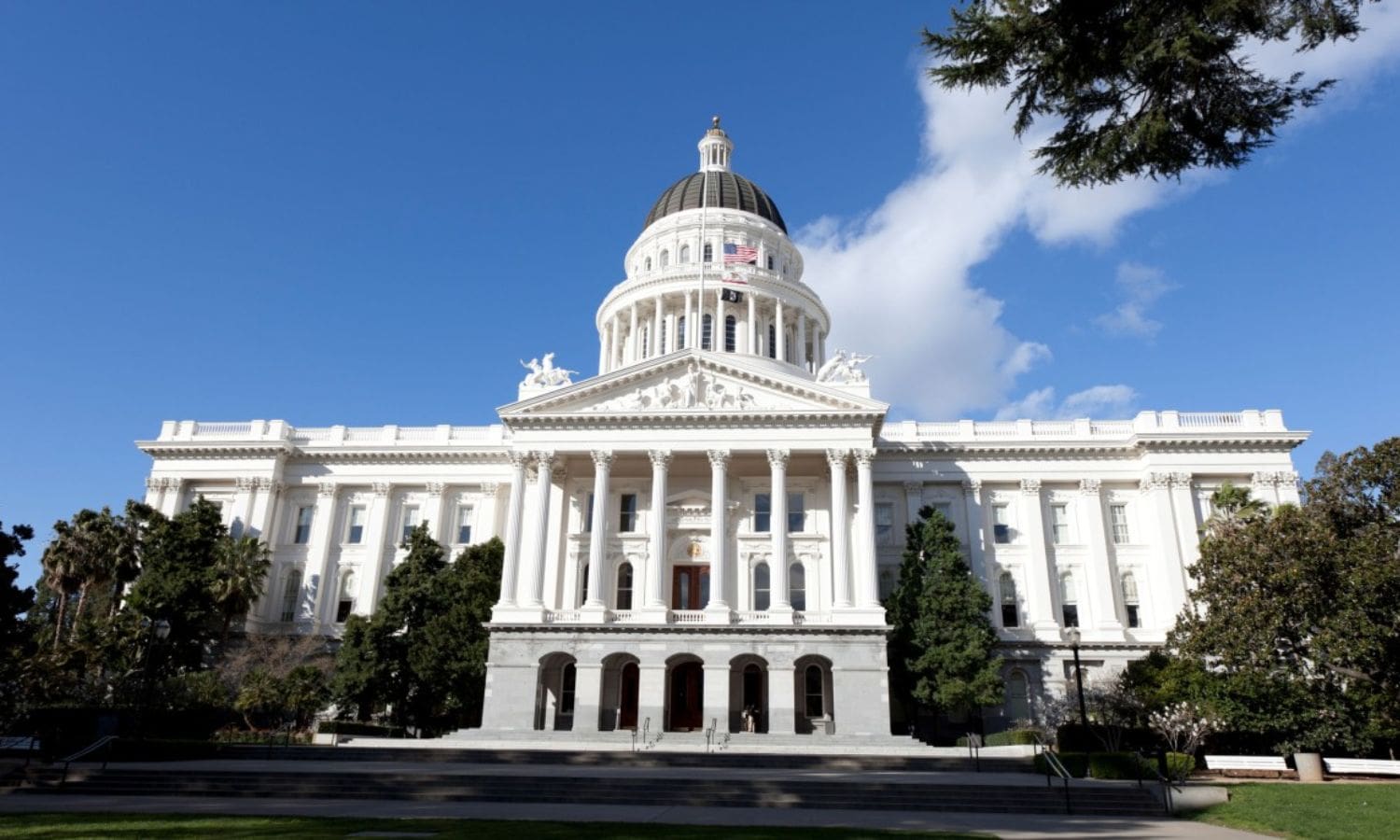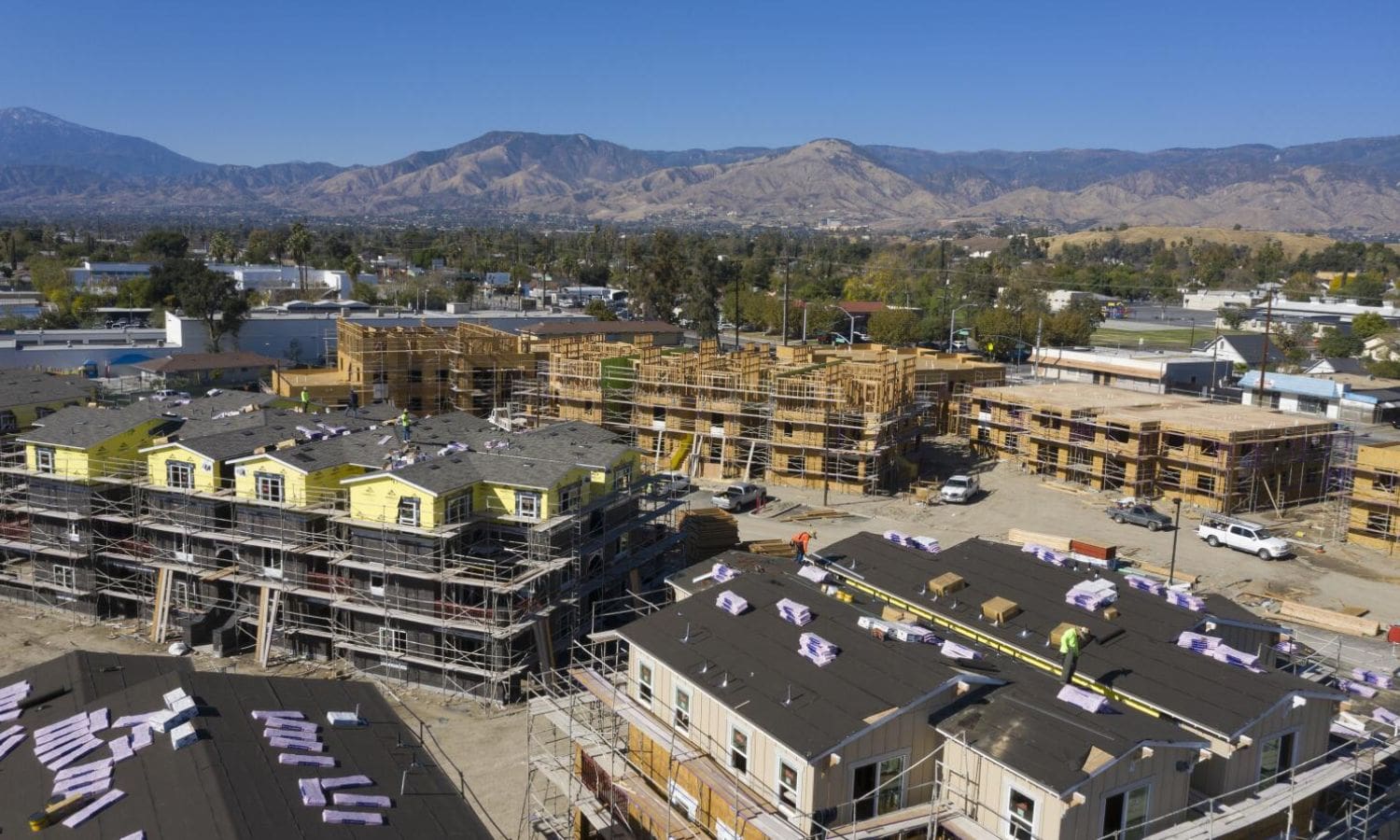California’s Landmark Rule: In a significant move towards a greener and more sustainable future, California has recently implemented a landmark rule change for new constructions. This rule change, driven by the California Public Utilities Commission (CPUC), aims to promote clean energy and reduce the state’s carbon footprint.
With ambitious emission reduction goals and a strong financial commitment to renewable infrastructure, California is taking a holistic approach to environmental conservation. The rationale behind this rule change, rooted in environmental concerns, highlights the state’s unwavering dedication to combat climate change.
But what does this mean for new constructions and how will it shape the future of building practices in California? Let’s explore the implications and potential benefits of this groundbreaking rule change.
Key Takeaways
- California Public Utilities Commission (CPUC) has implemented new rules for clean energy adoption in building development, incentivizing the use of clean energy sources like electricity to reduce greenhouse gas emissions.
- The rule change reflects California’s commitment to combat climate change and transition to a low-carbon economy, aligning with the state’s emission reduction targets and renewable energy transition goals.
- California allocates a significant annual budget of $3 billion for developing solar and wind infrastructure, investing in solar power projects and funding wind energy initiatives, including the construction of wind farms and research in wind turbine technology.
- California takes a holistic approach to environmental conservation, banning plastic bags in grocery stores to reduce plastic waste, taking legal action against polluting energy companies, and emphasizing the reduction of dependence on dirty energy and improvement of air quality.
CPUC’s Clean Energy Rule Implementation
The California Public Utilities Commission (CPUC) has taken a significant step towards promoting clean energy by implementing new rules for the adoption of clean energy sources in building development.
Effective from July 1, newly constructed buildings that utilize both natural gas and electricity will no longer qualify for subsidies from utilities for electric line extensions.


Also Read: Historic San Jose Church Nears Landmark Status, Preserving a Legacy of Community and Hope
The objective of this rule change is to discourage developers from expanding the gas system and instead promote the adoption of buildings that avoid on-site combustion of environmentally harmful fuels.
By incentivizing the use of clean energy sources, such as electricity, the CPUC aims to reduce greenhouse gas emissions and promote a more sustainable future for California.
This landmark rule change aligns with the state’s commitment to combat climate change and transition towards a low-carbon economy.
Environmental Rationale behind the Rule Change
The environmental rationale behind California’s new construction rule change is based on the state’s climate goals and the need to decarbonize buildings. The rule change aims to save ratepayers money and reduce greenhouse gas emissions by addressing the use of natural gas in new constructions.
Here are three key reasons behind the rule change:
- Methane, the primary component of natural gas, is a highly polluting energy source. It has significantly greater heat-trapping properties than carbon dioxide over a 20-year period, according to the United Nations.
- The rule change aligns with California’s efforts to combat climate change and reduce overall greenhouse gas emissions.
- By transitioning away from natural gas in new constructions, the state can promote the use of cleaner and more sustainable energy sources, contributing to a greener and more environmentally friendly future.
California’s Ambitious Emission Reduction Goals
California has set ambitious emission reduction goals as part of its comprehensive strategy to combat climate change and transition towards sustainable energy sources. The state aims to reduce emissions to 40% below 1990 levels by 2030, reflecting its commitment to tackling the pressing issue of climate change. Additionally, California plans to achieve 100% renewable energy reliance by 2045, further emphasizing its dedication to sustainable energy solutions.
These goals align with the state’s innovative approach to environmental sustainability and its recognition of the urgent need to address climate change. By implementing stringent emission reduction targets and transitioning to renewable energy sources, California is leading the way in promoting a cleaner and greener future.
| Goal | Timeline |
|---|---|
| Reduce emissions by 40% below 1990 levels | By 2030 |
| Achieve 100% renewable energy reliance | By 2045 |

Financial Commitment to Renewable Infrastructure
Allocating a substantial annual budget of $3 billion, California demonstrates its commitment to developing solar and wind infrastructure and transitioning towards cleaner energy alternatives. This financial commitment is a crucial step towards achieving the state’s ambitious emission reduction goals.
Here are three key aspects of California’s financial commitment to renewable infrastructure:
- Investment in solar power projects: The budget will support the development of large-scale solar power projects, helping to increase the state’s renewable energy capacity.
- Funding for wind energy initiatives: California aims to expand its wind energy production by investing in the construction of wind farms and supporting research and development in wind turbine technology.
- Incentives for renewable energy adoption: The state will provide financial incentives to encourage homeowners and businesses to install solar panels and other clean energy systems, making renewable energy more accessible and affordable.
Holistic Approach to Environmental Conservation
California’s commitment to environmental conservation extends beyond its financial investment in renewable infrastructure. The state has implemented various measures to promote a holistic approach to environmental conservation.
For example, California banned plastic bags in grocery stores, reducing plastic waste and its detrimental impact on the environment. Additionally, the state has taken legal action against polluting energy companies for misleading the public about the dangers of their products.
Governor Gavin Newsom emphasizes California’s dedication to reducing dependence on dirty energy, improving air quality, and accelerating the shift to clean energy. These efforts are part of a comprehensive roadmap towards a pollution-free future.
Conclusion Of California’s Landmark Rule
California’s landmark rule change for new constructions reflects the state’s commitment to achieving ambitious emission reduction goals and promoting a clean energy future.


The implementation of this rule by CPUC showcases a holistic approach to environmental conservation, emphasizing the importance of renewable infrastructure and the need for a sustainable future.
By adopting these measures, California is taking a significant step towards combating climate change and preserving the environment for future generations.
Our Reader’s Queries
Q1 What are the new California laws bring changes to housing in 2024?
A Commencing on April 1, Senate Bill 567 will bring changes for landlords requesting tenants to vacate premises for personal use. The legislation mandates property owners or their family members to occupy the property within 90 days and maintain residence for a minimum of 12 months.
Q2 Will housing prices drop in 2024 in California?
A CAR expressed optimism in its housing market forecast for 2024, anticipating a decline in mortgage rates, an upswing in prices, economic growth, and robust demand for homes. Predictions indicate a 6.2% increase in home prices, reaching a historic median price of $680,300 in the coming year. Housing affordability is expected to remain unchanged.
Q3 What is the new security deposit law in California?
A California renters will no longer face requests for security deposits exceeding one month’s rent, as Governor Gavin Newsom signed Assembly Bill 12 into law. The bill, sponsored by Assemblymember Matt Haney (D-San Francisco), received the governor’s approval on Wednesday.

